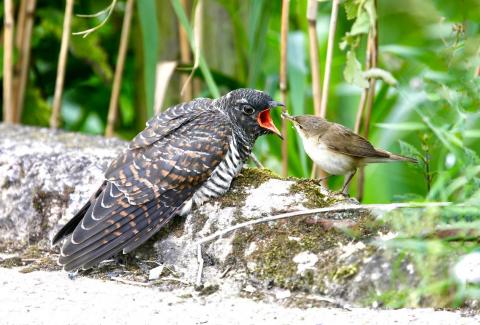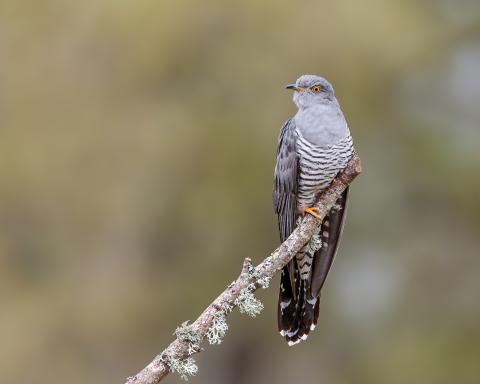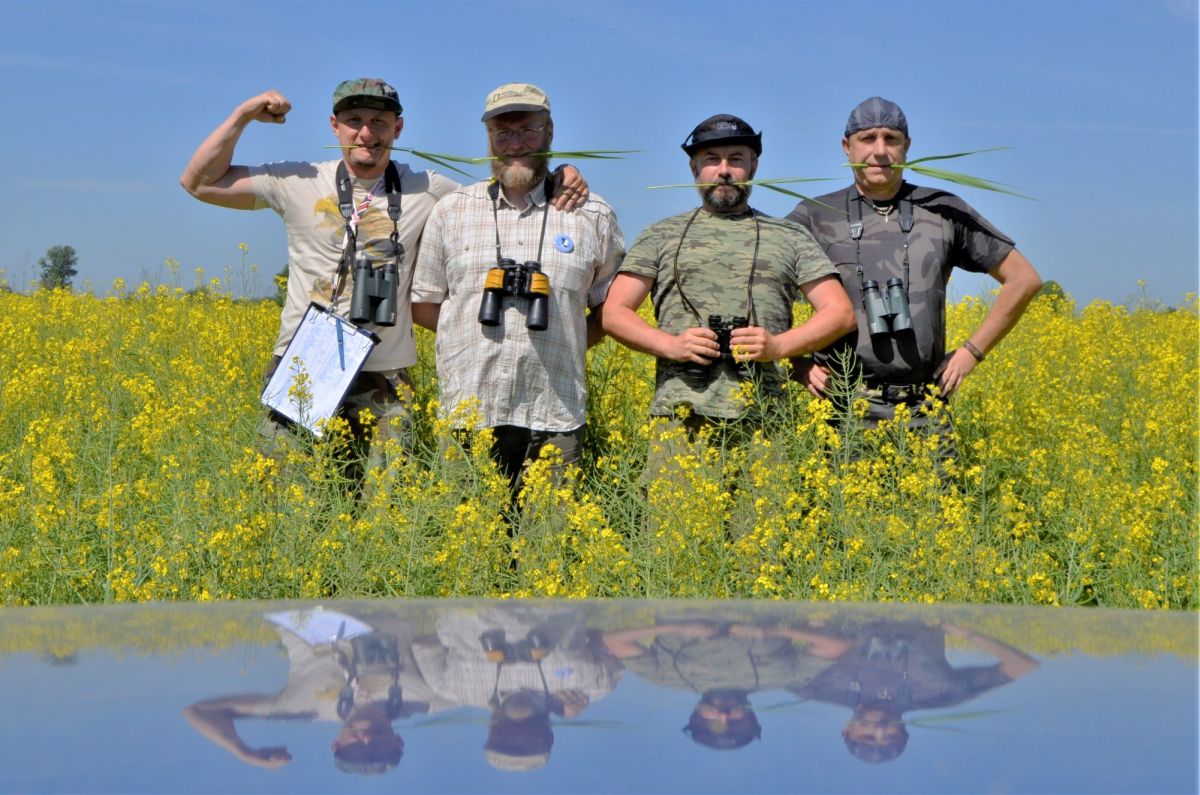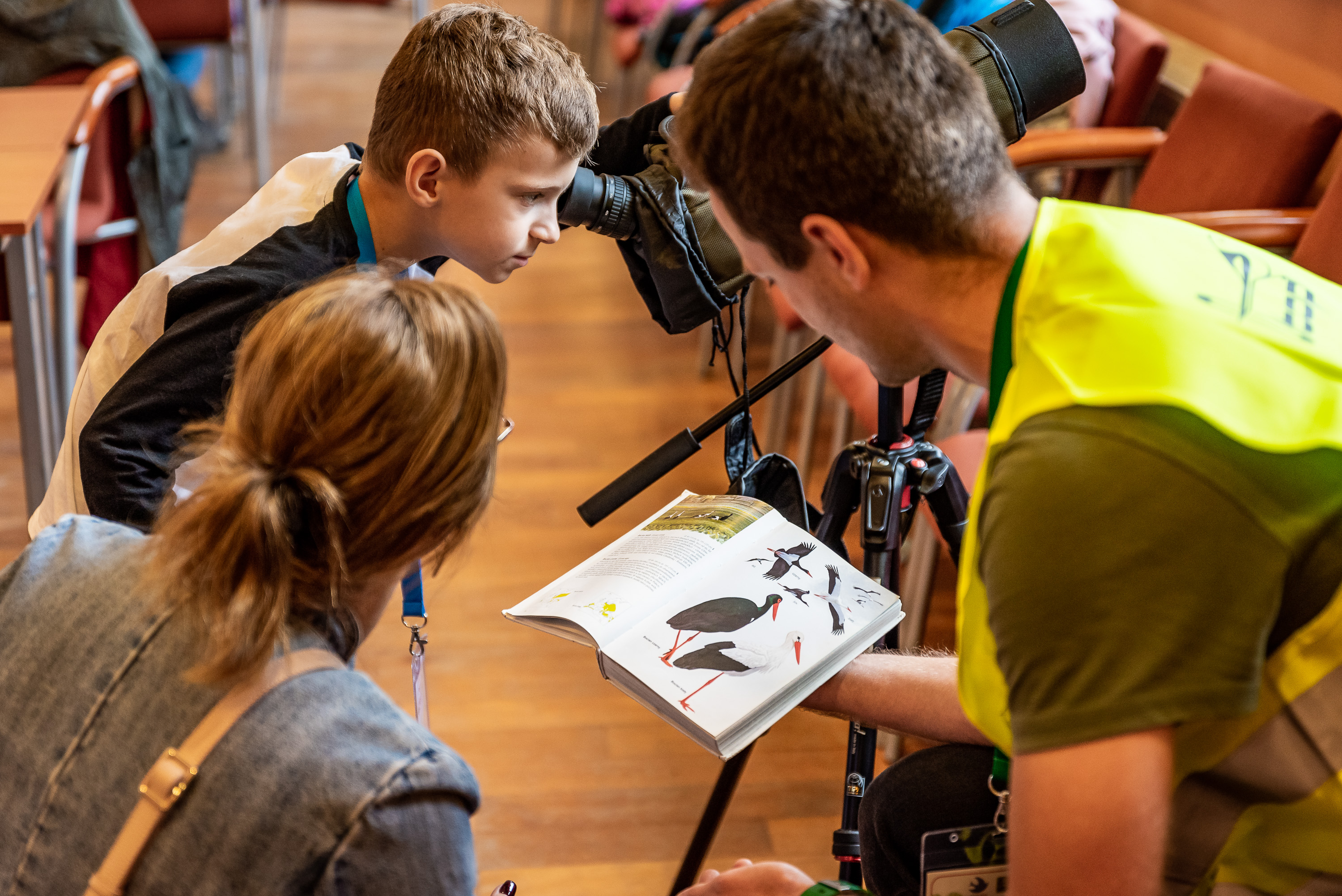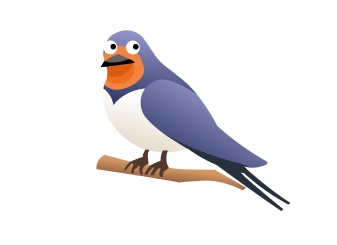Basic information
Cuckoo is a Dove-sized bird with ash-grey upper parts and dark-barred white belly. Cuckoos are very hard to spot. If you do manage to see a Cuckoo, you will probably see it as a dark, streamlined shape flying quite fast across fields between woodland. But it is quite likely that you have already heard one. A male Cuckoo announcing his presence, is making characteristic ‘cuck-oo, cuck-oo’; sounds.
Cuckoos are fairly common in all types of terrain, in woodland and in open country right up to mountain slopes. The most intersting thing about Cuckoo is that it does not make its' ow nest. They plant their egg into other species nests. Young Cuckoos hatch before the nesting bird’s own eggs and it pushes out the rest of the eggs.
What do they eat?
Insects – mostly butterfly (caterpillars) and beetles. The Cuckoo does not specialize in particular species of prey, but catches the insects who are most numerous, and therefore easiest to find and catch.
Cuckoos' nests
Instead of building their own nest, they use the nests of ‘host’ birds, such as Dunnocks and Meadow Pipits. When a female Cuckoo finds a suitable nest and the other birds aren’t looking, she removes one of their eggs and lays her own egg in its place. Sometimes these nests are built by birds that are much smaller than a Cuckoo baby. The ‘parent’ birds must work even harder to feed their giant baby, mistaking it for their own.
Wintering
Wintering sites of Cuckoos who nest in Europe are located in Africa, usually on savannas. Some birds from the western part of Asia also winter in Europe, others in Asia, up to New Guinea on the Pacific.
Population of Cuckoos in Europe
In Europe the population of Cuckoos is quite large and stable, although the size of the Western European population drops, most notably in France.
Migration information
Cuckoos are summer visitors to Europe from tropical Africa. They arrive between mid-April and early May, when you can hear their well-known cu-ckoo call in most parts of the countryside.
Adult Cuckoos are among the earliest of our summer visitors to leave. They have no need to help rear their young, so they are free to go. Most leave Europe during July. Young Cuckoos leave about one month later, when they are fully fledged. They never see their parents.
We don’t know much about Cuckoo migration routes. They probably travel down through central Europe to the south of Italy, where they feed up before crossing to Africa. In Africa, Cuckoos never call, so most probably go unnoticed.
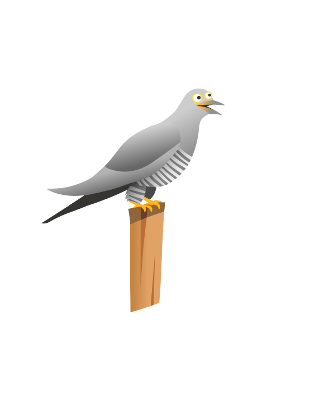
Սովորական կկու
դիտարկումներ


